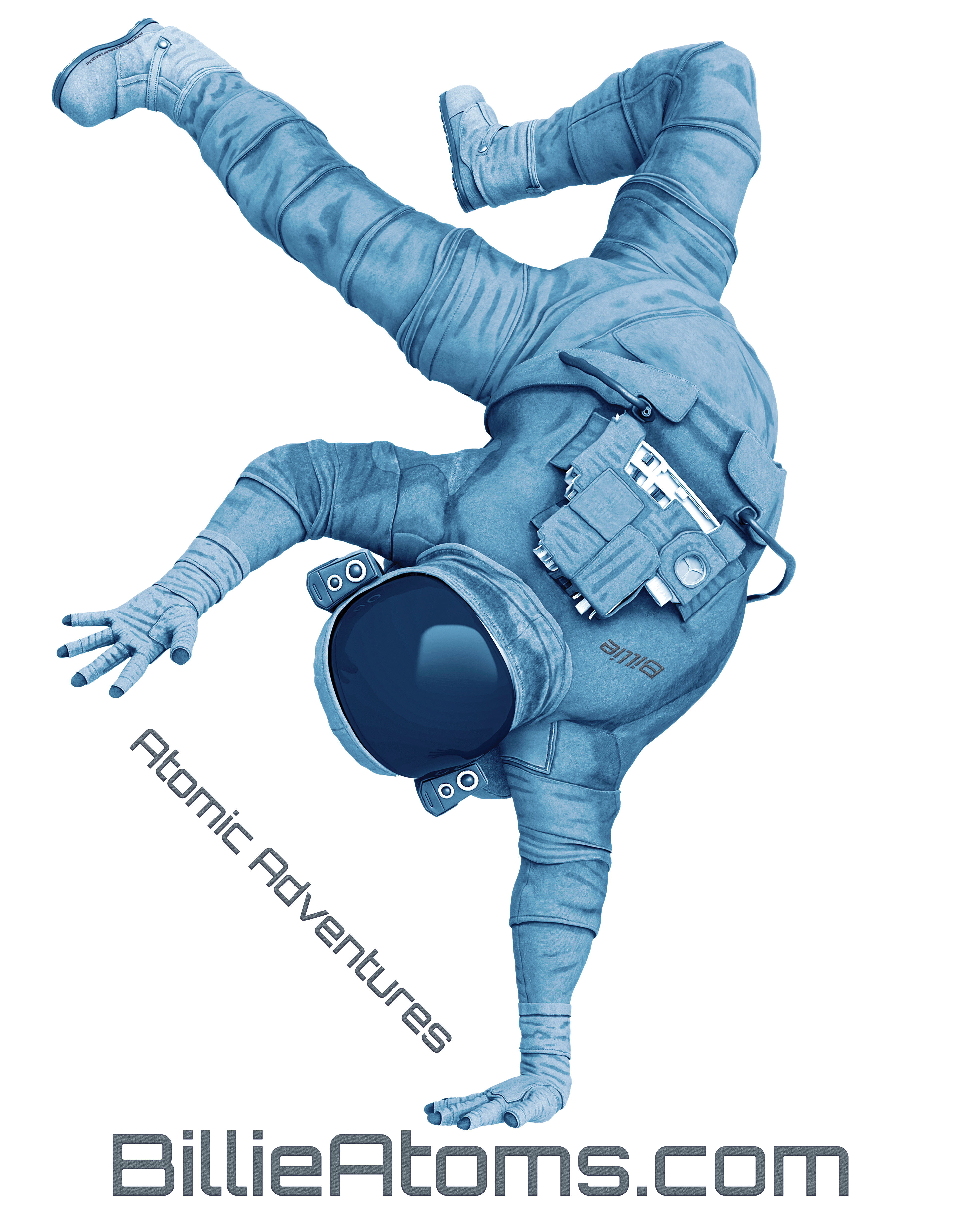Welcome back its great to see you again, thanks you for joining this episode of our storytelling series on the thrilling adventure of the universe!
In this episode, we’ll take you on a spectacular journey through time, space, science, and our very human quest for knowledge and understanding of our place in the universe.
We’ll also explore how we, as humans, are intimately connected to this cosmic story.
So fasten your metaphorical seatbelts, and let’s embark on this enlightening voyage together!
The Very Beginning Our enchanting tale begins with the explosive start of the universe – the Big Bang.
Picture a moment that defies imagination: a primordial eruption where high density and heat gave birth to what we now call space.
As the universe expanded and cooled, it reached a stage where simple elements began to form.
Over time, gravity brought matter together, kindling the first flickering stars and stupendous galaxies.
Divided into five captivating eras – the Primordial Era, the Stelliferous Era, the Degenerate Era, the Black Hole Era, and the Dark Era – our cosmic timeline paints a vivid picture of how the universe evolved.
The Primordial Era (380,000 to 150 million years after the Big Bang): This is the time when clouds of gas and dust filled the universe.
It is believed that in this era, stars began to form from this interstellar matter.
In addition, primordial elements were created as a result of nuclear fusion within the stars.
These included hydrogen and helium, the building blocks of the universe.
The Stelliferous Era (150 million to 1 billion years after the Big Bang): This is when star formation was its peak, forming magnificent galaxies and new elements through fusion reactions.
Starlight illuminated the cosmos, as more stars shone brighter than ever before.
In this stellar era, the universe experienced its first supernova explosions, which created many of the heavier elements we now see in our world.
The Degenerate Era (1 billion to 1 trillion years after the Big Bang): In this era, stars were beginning to die out as they ran out of fuel and collapsed under their own gravity.
This gave birth to a new generation of celestial objects, including white dwarfs, neutron stars, and black holes.
This was also the era when galaxies merged to form bigger galaxies.
The Black Hole Era (1 trillion to 10 trillion years after the Big Bang): In this epoch, huge numbers of stellar remnants had accumulated in galactic centers.
These dense concentrations of mass became supermassive black holes, which began to suck in huge quantities of matter and energy.
This was an era of intense activity, as stars were torn apart by the powerful gravity of these mysterious entities.
The Dark Era (10 trillion years after the Big Bang onwards): In this era, galaxies had become largely inactive and dark due to the depletion of matter and energy.
This meant that star formation had ceased to exist in most parts of the universe, leaving only a handful of faint stars scattered across immense stretches of space.
It is believed that this era will continue for billions of years until the ultimate fate of the universe is revealed.
And as we delve deeper, there’s a profound truth that permeates this narrative – we too, are central characters in this cosmic play.
As the centuries unfolded, different atoms formed across these eras, weaving a tale of continuous transformation.
From the atoms that make our Earth, to the ones that flow through our veins, we are but stardust, intimately linked to the universe’s rich tapestry.
These same atoms not only connect us to the cosmos, but also bind us together in an understanding that transcends religions and belief systems.
As science peels back the mysteries of the universe, it helps us grasp our place within it and encourages us to approach life with kindness and an open mind.
You should always know that you are a part of something great, made from material that was apart of the stars and the universe loves you always just the way you are.
The Vastness of Space and the Pale Blue Dot – The Voyager Program is one of the most inspirational achievements of mankind. to perfectly describe how connected we are to the universe.
The Voyager space program and Carl Sagan’s poignant reflection on the Pale Blue Dot should be read by anyone seeking knowledge on our place in the universe.
Voyager 1 was about 6.4 billion kilometers (4 billion miles) away from earth, and approximately 32 degrees above the ecliptic plane, when it captured this portrait of our world.
Caught in the center of scattered light rays (a result of taking the picture so close to the Sun), Earth appears as a tiny point of light, a crescent only 0.12 pixel in size.
This iconic photograph reveals how our magnificent planet is but a speck of dust in the immense abyss of the cosmos.
In Sagan’s own words, he poetically described the folly of mankind to reject our place in the universe, Carl Sagan said.
Look again at that dot.
That’s here.
That’s home.
That’s us.
On it everyone you love, everyone you know, everyone you ever heard of, every human being who ever was, lived out their lives.
The aggregate of our joy and suffering, thousands of confident religions, ideologies, and economic doctrines, every hunter and foragar, every hero and coward, every creator and destroyer of civilization, every king and peasant, every young couple in love, every mother and father, hopeful child, inventor and explorer, every teacher of morals, every corrupt politician, every “superstar,” every “supreme leader,” every saint and sinner in the history of our species lived there–on a mote of dust suspended in a sunbeam.
The Earth is a very small stage in a vast cosmic arena.
Think of the rivers of blood spilled by all those generals and emperors so that, in glory and triumph, they could become the momentary masters of a fraction of a dot.
Think of the endless cruelties visited by the inhabitants of one corner of this pixel on the scarcely distinguishable inhabitants of some other corner, how frequent their misunderstandings, how eager they are to kill one another, how fervent their hatreds.
Our posturings, our imagined self-importance, the delusion that we have some privileged position in the Universe, are challenged by this point of pale light.
Our planet is a lonely speck in the great enveloping cosmic dark.
In our obscurity, in all this vastness, there is no hint that help will come from elsewhere to save us from ourselves.
The Earth is the only world known so far to harbor life.
There is nowhere else, at least in the near future, to which our species could migrate.
Visit, yes.
Settle, not yet.
Like it or not, for the moment the Earth is where we make our stand.
It has been said that astronomy is a humbling and character-building experience.
There is perhaps no better demonstration of the folly of human conceits than this distant image of our tiny world.
To me, it underscores our responsibility to deal more kindly with one another, and to preserve and cherish the pale blue dot, the only home we’ve ever known.
This reminder helps us to realize that while we may be small and insignificant in comparison to the immensity of the universe, we are still connected to it in profound ways that can’t easily be measured or quantified by science alone.
The Pale Blue Dot serves as a potent symbol for how we must strive to take care of our planet and more importantly each other if we hope to survive and thrive in the years to come.
We may not be able to comprehend the full scope of space and time, but we can still appreciate its beauty, power, and mystery.
Every day we are given a glimpse into the complexities of this incredible universe, and for that, we should all take a moment to pause and reflect on our place within it.
Our presence in this universe is like a single grain of sand in an endless desert – unique, special, and breathtakingly beautiful.
The Future of Space Exploration
As humanity continues to explore further into the depths of space and uncover more mysteries about our universe, new possibilities will open up for us to venture out even deeper.
The future of space exploration is largely unknown, but one thing is certain: it will be filled with exciting opportunities and discoveries.
We may never know the answer to questions like how the universe was created or what lies beyond our visible horizon, but that doesn’t mean we can’t still appreciate its awe-inspiring beauty and limitless potential.
Every day brings us closer to an understanding of our place in this great cosmic tapestry, and with each passing day, we come closer to a unifying sense of interconnection between all living things.
In the end, space exploration isn’t just about reaching distant stars or discovering new planets – it’s about understanding ourselves better so that we can make better decisions for our future.
As Carl Sagan once said: “The cosmos is within us.
We are made of star-stuff.
We are a way for the universe to know itself.”
We may never be able to fully comprehend this expansive universe, but that doesn’t take away from its power and beauty.
Our place in this grand cosmic journey is one of wonder and exploration, and our shared destiny binds us together as we strive to push the boundaries of our knowledge ever further.
As we continue exploring into the depths of space, let us also remember to keep looking inward – for it is there that we will find our true connection to the stars.
As we look upon the vastness of space, let us be filled with awe and gratitude for all “To me, it underscores our responsibility to deal more kindly with one another and to preserve and cherish the pale blue dot, the only home we’ve ever known.”
Meditation and Conclusion
Lastly, as we descend back to Earth, let’s take some time to meditate on these interconnected wonders.
Close your eyes, take a deep breath in and out deeply and feel the power of your own place in this vast universe.
Remember that we all share a common journey through space, no matter our differences.
This is our Pale Blue Dot – let’s come together to protect it and love each other for future generations.
Remember “The cosmos is within us, you are part of everyone and everything and the universe loves you.
— Thank you for joining us on this episode of our epic adventure!
Stay tuned for more mesmerizing stories and discoveries as we unravel the mysteries of the cosmos and humanity, one captivating tale at a time.
Don’t forget to please visit our website billie atoms dot com, like and share this story, and subscribe as we voyage onwards, and always remember – we are all stardust, bound together in a dance of cosmic unity and you are awesome.





